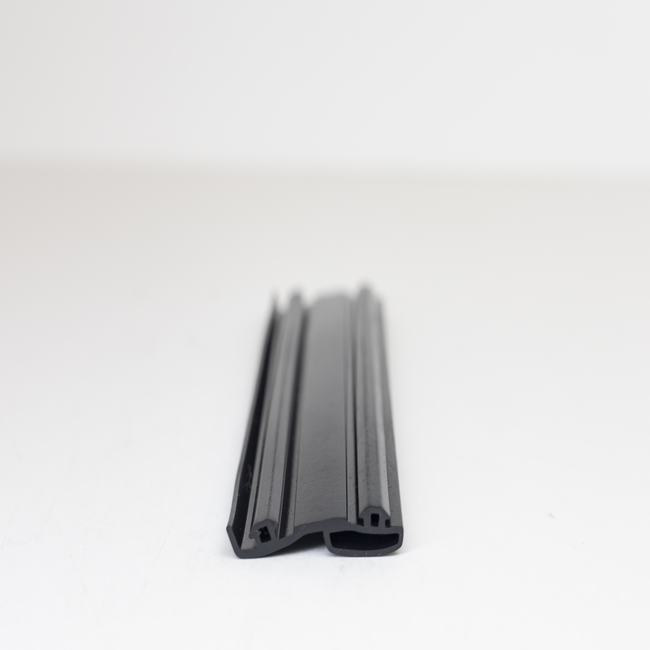Garage door seals are essential components designed to create a barrier between the interior of a garage and the external environment. They serve multiple purposes, including insulation, weatherproofing, and security. Here’s a comprehensive description of garage door seals:
1. Types of Garage Door Seals:
- Bottom Seals: These are installed along the bottom edge of the garage door to seal the gap between the door and the garage floor. They prevent drafts, dust, pests, and moisture from entering the garage. Bottom seals can be made of various materials, including rubber, vinyl, or neoprene, and may feature flexible fins or brushes to conform to uneven surfaces.
- Side Seals: Side seals, also known as astragal seals, are attached to the sides of the garage door to fill gaps between the door panels and the door frame. They help in weatherproofing and insulation and are typically made of rubber or vinyl.
- Top Seals: Top seals, often called header seals, are installed at the top of the garage door, creating a seal between the door and the lintel or header. They prevent rain, snow, and debris from infiltrating the garage space.
- Threshold Seals: Threshold seals are installed at the garage door threshold or on the floor just inside the garage. They create a seal when the garage door is closed, preventing water from flowing into the garage during heavy rain.
2. Functions of Garage Door Seals:
- Weatherproofing: Garage door seals act as barriers against outdoor elements, such as rain, snow, wind, and dust, keeping the interior of the garage clean and dry.
- Insulation: Sealing gaps and cracks with garage door seals helps regulate the temperature inside the garage. This is particularly important if the garage is used as a workspace, storage area, or for climate-sensitive purposes.
- Energy Efficiency: Properly sealed garage doors contribute to energy efficiency by reducing heat loss during cold weather and preventing heat gain during hot weather. This can result in lower energy bills.
- Pest Control: Seals at the bottom and sides of the garage door create barriers that deter insects, rodents, and other pests from entering the garage.
- Security: Sealed garage doors provide an extra layer of security, making it more difficult for unauthorized individuals to gain access to the garage.
3. Materials: Garage door seals can be made from various materials, including rubber, vinyl, neoprene, or thermoplastic elastomers (TPEs). The choice of material depends on factors such as climate, usage, and budget.
4. Installation: Garage door seals are generally easy to install and can be done as a DIY project. They are often attached using adhesive or screws, depending on the design and type of seal.
5. Maintenance: Regular maintenance involves cleaning the seals, inspecting for wear and tear, and replacing them when they become damaged or lose their effectiveness.
In conclusion, garage door seals are vital components for any garage door system. They provide weather protection, insulation, security, and pest control, contributing to the overall functionality and comfort of the garage space. Properly installed and maintained seals can extend the lifespan of a garage door and improve energy efficiency.






